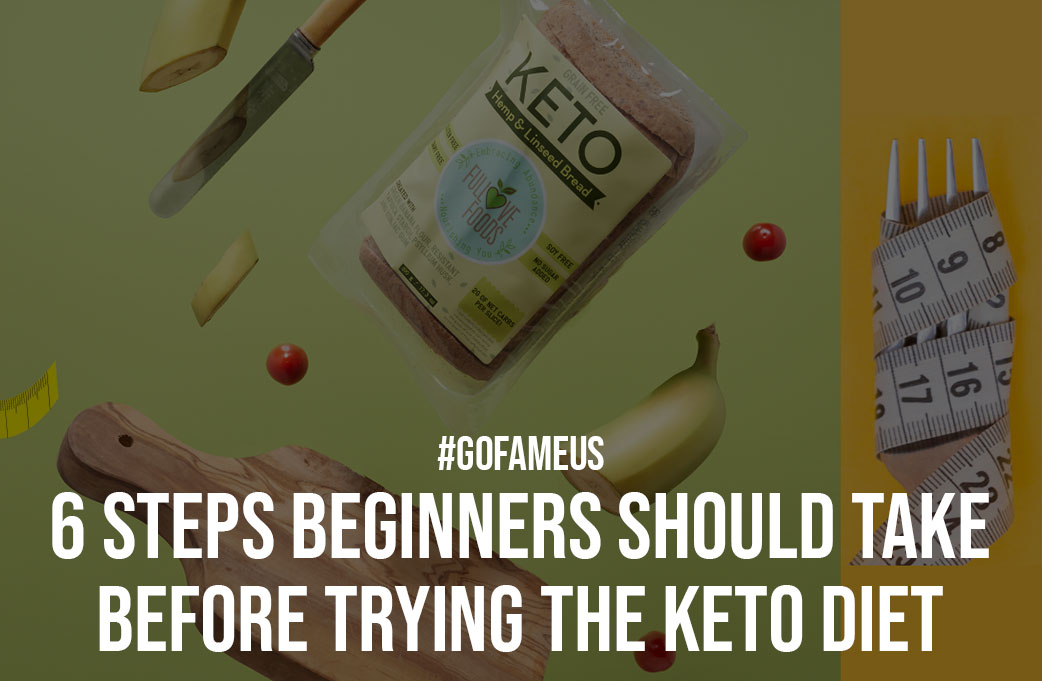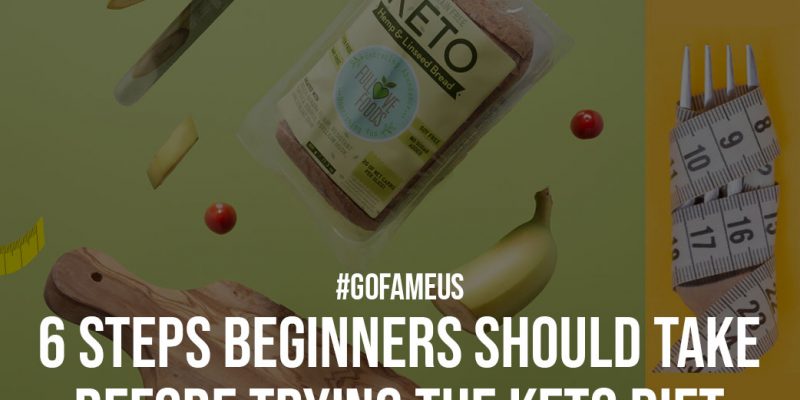Characterized by low carbs and high fats, the keto diet is one of the most popular diet plans most weight-conscious people adopt. If managed improperly, there is not any diet plan that will guarantee long-term weight reduction without causing damage to one’s health. It’s not uncommon for individuals to revert to their pre-diet size after a short period of weight reduction.
You may accomplish your ideal weight, health, and fitness by finding a healthy lifestyle and eating pattern you can stick to every day. Options like the keto diet are always good to keep in mind as it is reported that the keto diet is two times more successful for weight reduction than the low-fat diet.

If you just started your journey towards weight loss using the keto diet, below are some of the important tips:
1. Don’t Overconsume Simple Sugars
Sugar intake is the first to consider before beginning Keto. Our carbohydrate intake is gradually lowered to a level of no more than 20 grams per day. With its glucose reserves depleted, the body may begin utilizing fat as a primary energy source.
Also Read: Self Care, Health, and Skincare Tips
2. Increase Your Intake of Coconut Oil
Because coconut oil includes MCTs (medium-chain triglycerides), which are quickly absorbed by the body and transformed into ketones, you should expect to lose weight quickly. It’s not necessary to get MCT oil that’s 70-80% coconut to have the same results. Start with one teaspoon in the morning and work your way up to three teaspoons within a week.
3. Do Physical Exercise
Regular exercise has been shown to boost the body’s ability to enter ketosis. When exercising before a meal, ketone levels have been reported to rise considerably. If you’re just beginning a low-carb diet, avoid doing this for the first two weeks.
4. Add Healthy Fats to Your Diet
Ketone levels will increase if you eat a diet high in healthy fats. Keto involves not just cutting carbohydrates, but also eating a lot of fat. Olive oil (extra virgin), coconut oil, avocado oil, and butter are all examples of healthful fats. There are also several high-fat meals out there (avocados, cheese, eggs, dark chocolate, fish, nuts, etc.)
5. Practice Intermittent Fasting
The best approach to go into ketosis faster is to fast for a few hours, ideally 12 or 16. Why? Research shows that the keto diet and intermittent fasting both increase the level of ketones in the body helping you achieve your weight loss goals sooner.
Also Read: Lose Weight With The Only Adjustable Gastric Balloon System
6. Measure the Concentration of Ketones
And, if necessary, make dietary and lifestyle modifications. For new Keto dieters, it’s critical to understand how the body responds and how changes in ketones affect the body’s metabolic state. In a matter of weeks, you’ll be able to tell which eating habits are good for ketosis and which are bad.
The Keto diet helps by changing your metabolism, decreasing your blood sugar, and altering your hormones. The ketogenic diet is a medically recommended therapeutic dietary plan.
That is, you can’t just force your body into a state of ketosis by deciding to do so; Ketosis takes time to acclimatize to, and it must be done correctly.




